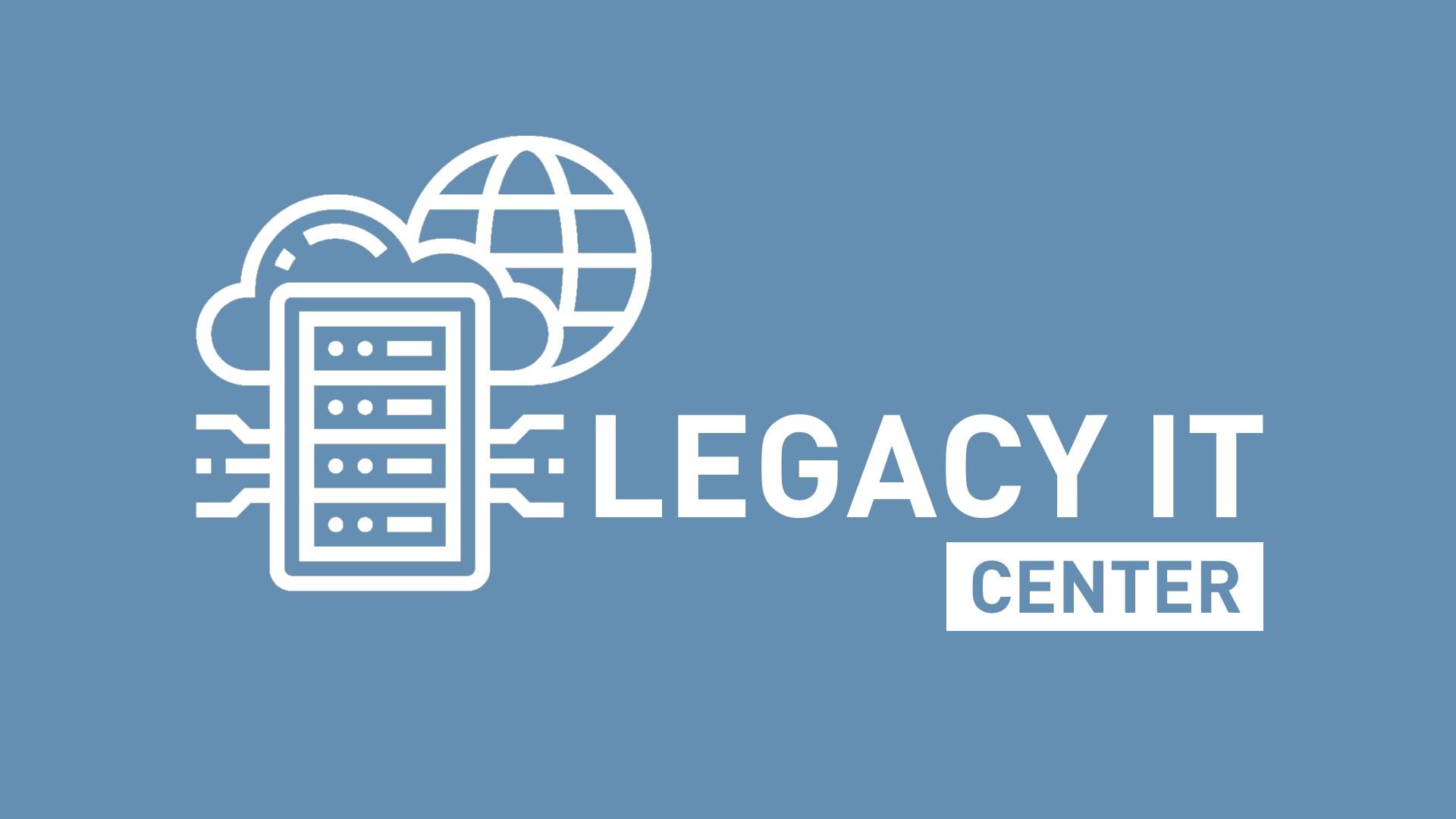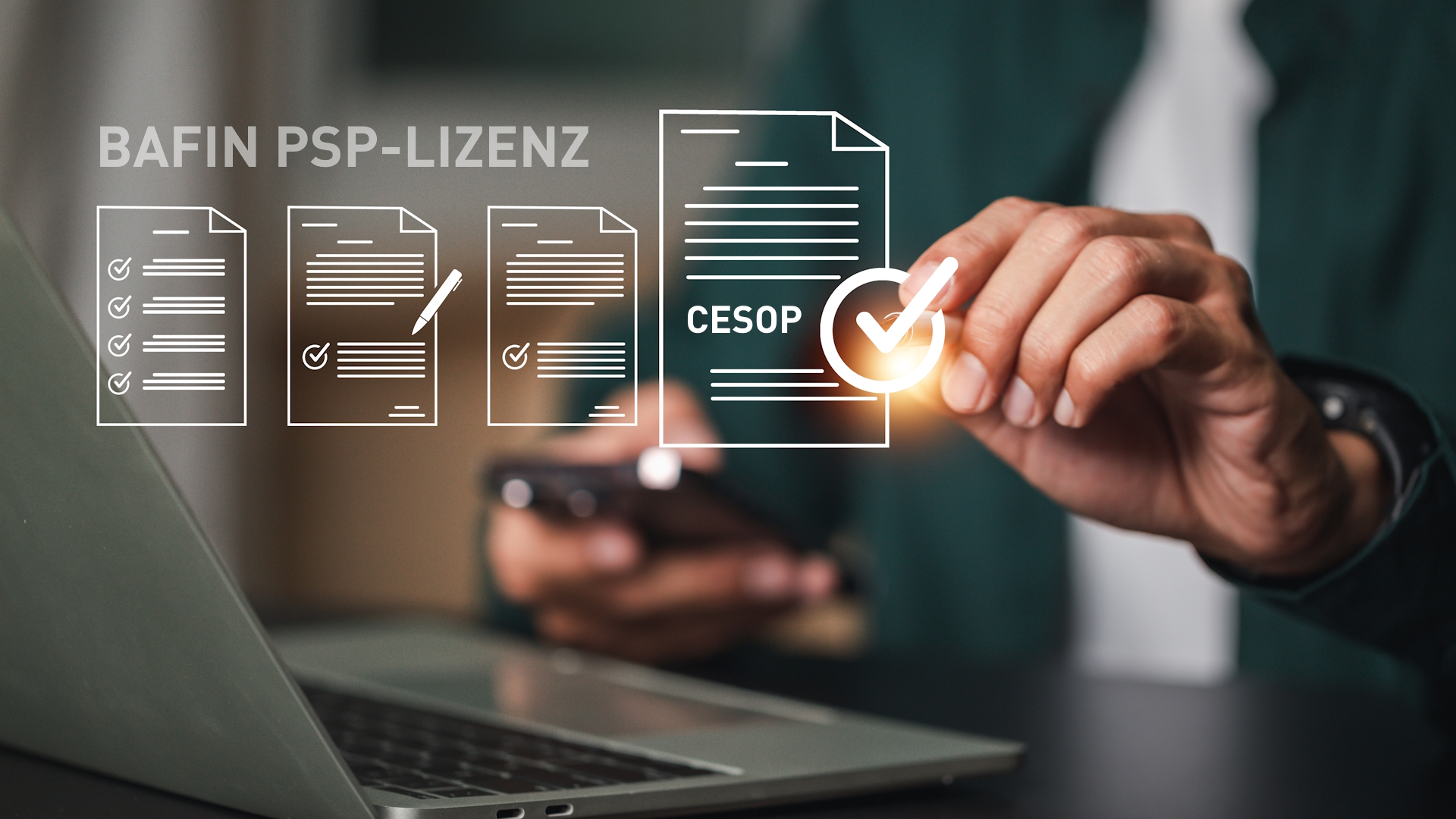The IT systems used today by banks, insurance companies and public authorities are characterised in their core processes by infrastructures and individual applications that have been in place since the 1980s. Their complexity and volume have grown steadily since then. Today, there is often a lack of expertise and resources to maintain and further develop such legacy systems.
Throughout its history, DPS has preserved and expanded its knowledge of legacy technologies and has its own German-speaking development resources in this field. The combination of professional and technical expertise enables the design of successful legacy refurbishment projects.

LEGACY IT

Legacy Refurbishment
DPS has more than 20 years of experience in transforming legacy IT into modern application architectures. DPS does not limit itself to recommending that legacy applications be rebuilt from scratch. Sensible strategies that lead to successful projects pursue differentiated approaches.
Our services include: 1) the integration of legacy components into modern IT architectures; 2) the refactoring of legacy applications through simplification, standardisation and clear documentation; 3) the migration of legacy programmes to modern platforms or to the cloud; and 4) the temporary continued operation of sunset applications as part of managed services.
Legacy IT in finance and the public sector
The IT landscapes of large organisations with a long history are characterised by legacy IT. In technological terms, this means:
- Operation of IBM mainframe or BS2000 systems
- Development of applications in outdated programming languages such as COBOL, PL1 or Assembler
- Use of databases such as DB2 or IMS DB
- Architectures based on transaction systems such as IMS TM or CICS
Legacy IT poses challenges for an innovation-oriented IT strategy:
- Development resources are hard to find on the European market. Nearshore and offshore concepts often fail due to language barriers.
- Application monoliths stand in the way of a modern Microsoft service-oriented architecture. This makes it difficult to use agile development methods and DevOps strategies
- The user experience does not meet the expectations of younger employees.

Legacy IT Center
With the ‘Legacy IT Center’, DPS has launched the first German-language news aggregator that deals comprehensively with the topic of legacy IT. The aim is to provide companies and experts with up-to-date information on mainframe applications and the components used (programming languages, databases, middleware, etc.).
Legacy IT Center offers a central point of contact for the latest news, specialist articles and best practices relating to legacy IT. The platform is aimed at IT experts, decision-makers and anyone interested in the future and challenges of mainframes and other legacy systems.
What can we do for you?
Are you looking for the right strategy for managing or developing your Legacy IT? Or do you need support with a specific project? Feel free to contact us!











